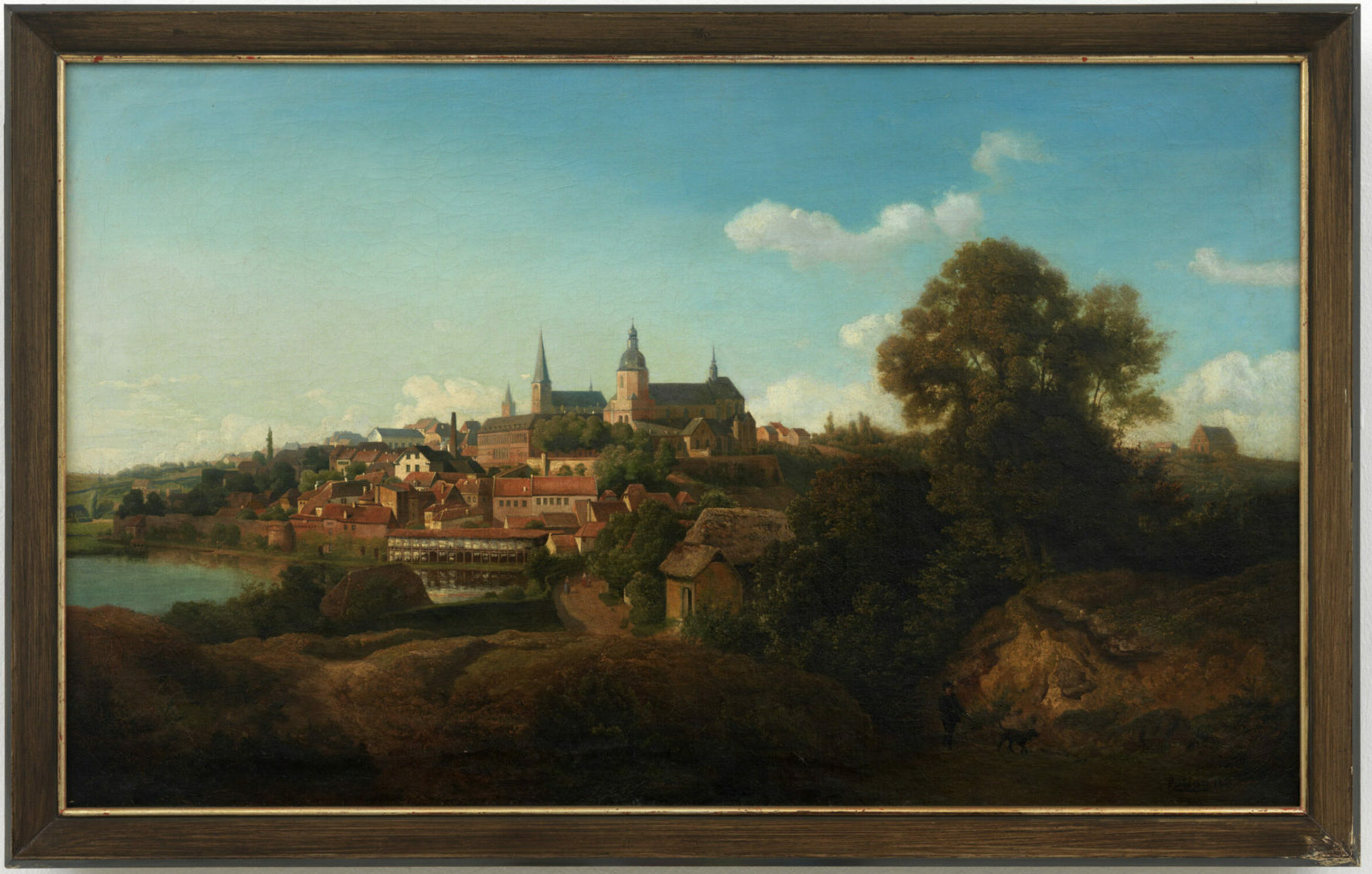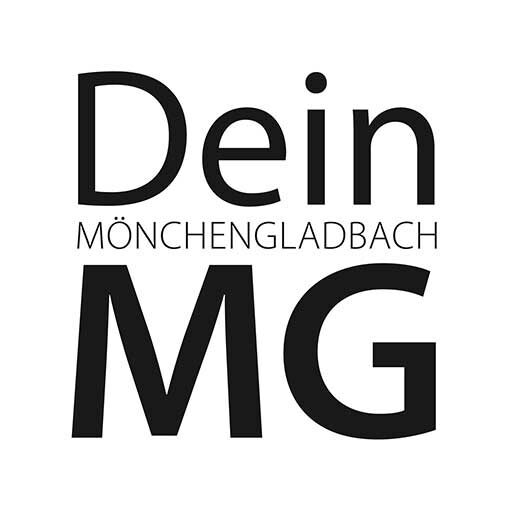TextilRoute
The new TextilRoute – developed by the TextilTechnikum Mönchengladbach – leads to 27 places in Mönchengladbach where the history of Mönchengladbach as a textile city can still be experienced. For example, it explains the significance of the former bleaching meadows at the foot of the Abteiberg. It makes no special demands on the bicycle or rider and can be ridden either as a north or south loop (approx. 20 km each) or in combination as a day tour. It is recognisable by its logo within the city’s cycle route signage. Where there are places of interest outside the signposting, the app and folding map will help.


Textile Geschichte
in Mönchengladbach erleben
The TextilRoute is a reminder of a tradition that has been documented in Mönchengladbach since the 16th century. Linen cloth from Mönchengladbach was produced in homework and distributed in the publishing system until the late 19th century. With the advent of cotton processing at the end of the 18th century, linen weaving came under competitive pressure and was eventually displaced altogether. Cotton spinning mills became of particular importance, with about a quarter of all cotton spindles in the Rhine province running in the Gladbach-Rheydt industrial district in the mid-19th century. The increasing importance of the Gladbach-Rheydt area is also illustrated by the emergence of a dense railway network around Mönchengladbach from the mid-19th century onwards, which connected the city with the Ruhr area, the Rhineland and the seaport of Antwerp.
Around 1860, the introduction of the power loom displaced hand weaving until the turn of the century. Around the same time, textile machinery manufacturing settled in the area, focusing on the production of automatic looms and spinning machines. Until the middle of the 20th century, the textile industry remained dominant in Mönchengladbach, to which ready-made clothing factories were added. More recently, the tertiary sector with the two large educational institutions, the Niederrhein University of Applied Sciences and the Textile Academy, has become part of the city’s new self-image as a „Textile City„.
The TextilRoute is available as a web app at www.textilroute.de or as a folding map at Rheydt Castle, the TextilTechnikum, at the cycling stations and the city’s tourist offices.
Virtual tour
of the textile machinery collection
One stop on the TextilRoute offers you a special highlight! At the TextilTechnikum you can take a virtual tour via app and discover the textile machinery collection. The technical director of the TextilTechnikum will guide you virtually through the wonderful world of industrial culture. The most important textile machines are used to explain the development of textile technology – from the hand loom to the modern weaving machine. Immerse yourself in textile history, get information and details of the machines explained to you that you never knew before! You can download the TextilTechnikum app for Android and Apple free of charge.

